上一篇博文《Torsion analysis by thermal analogy with ANSYS(ANSYS热比拟扭转应力分析)》用ANSYS软件利用稳态热传导分析功能对截面的扭转应力进行了分析,本文利用Abaqus实现相同的分析。
稳态热传导的控制方程与经典扭转理论的控制方程具有相似性。我们可以通过比拟,在通用有限元软件中利用稳态热传导分析的功能进行扭转问题的分析。本文结合Abaqus软件,通过一个实例说明这个比拟的具体过程。(The steady heat conduction problem and the classic torsion theory have analogy in their control partial differential equations. We can conduct a torsional analysis making use of the steady analysis fuction in general finite element program. This post gives an example on how to do torsion analysis as thermal analogy with Abaqus.)
- 稳态热传导控制方程与扭转控制方程 ( Control partial differential equations of steady heat conduction problem and classic torsion theory)
(1)稳态热传导控制方程
2D情况下的稳态热传导控制方程

(2)St. Venant 扭转偏微分方程
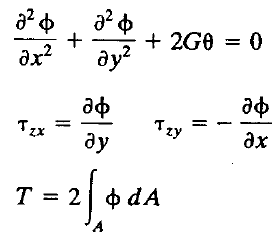
两者的偏微分方程均为Helmholtz方程的特殊形式。因此可以利用通用有限元软件中的稳态热传导分析功能通过比拟进行截面的扭转应力分析。
- 算例(Example)
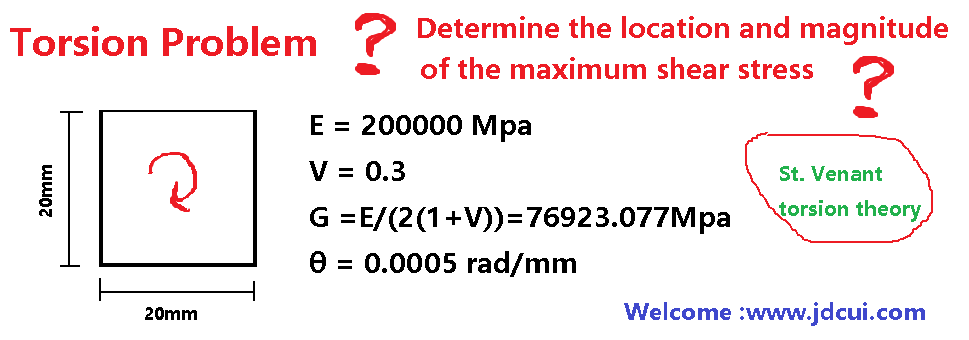
- 有限元模拟(FEM Analysis)
利用Abaqus进行分析,具体步骤如下:
(1)设置工作路径并创建数据库(Set Work Directory and Create Model Database)
(2)创建部件(Create Part)
由于分析问题为2D,模型空间选为 2D Planar;类型为 Deformable;基本特性为 Shell。(As the problem is 2D, set 2D Planar as the Modeling Space, Deformable as the Type and Shell as the Base Feature.)
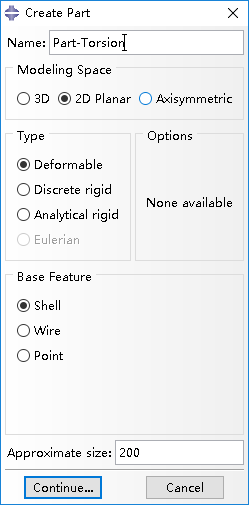
(3)创建材料 (Create Material)
在属性模块下( Property)定义材料,设置热传导系数为1。Under the Property, create a material and enter 1 for Thermal Conductivity.)
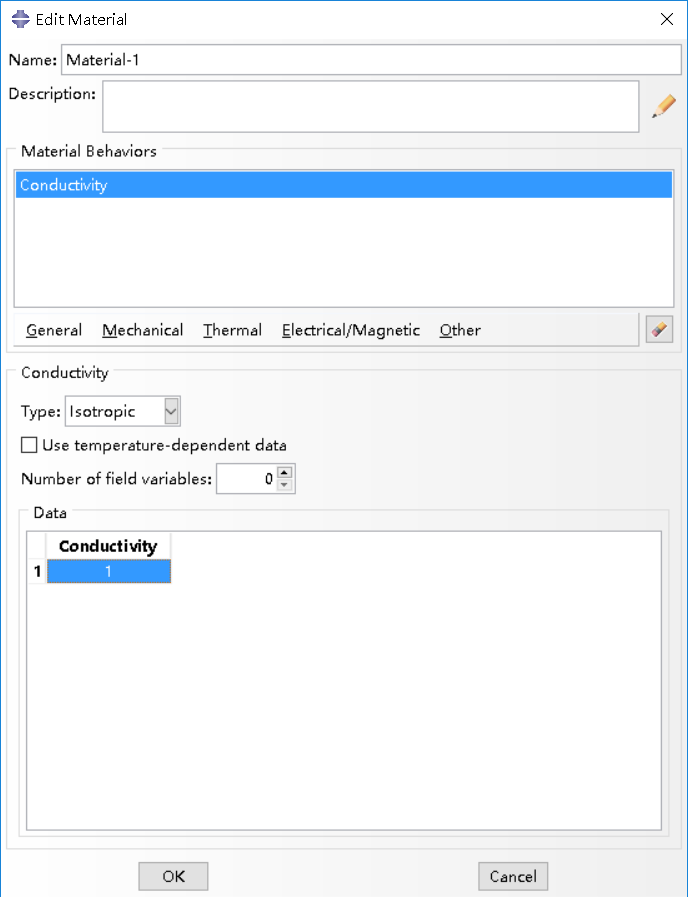
(4)创建截面并赋予截面 (Create Section and Assign Section in Property Module)
(5)创建组件 (Create Assembly )
(6)创建用于稳态热分析的分析步(Create Step for Steady-Thermal Analysis )
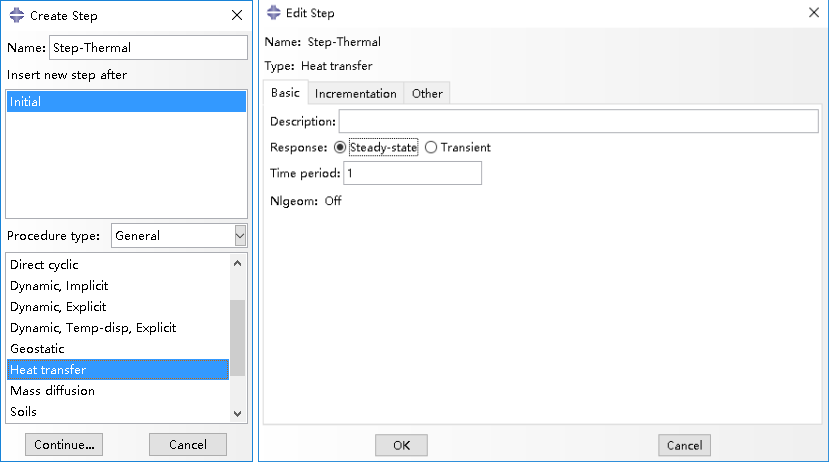
(6)定义荷载和边界条件(Define load and boundary condition)
定义零温度条件和2Gθ体热流等效荷载。
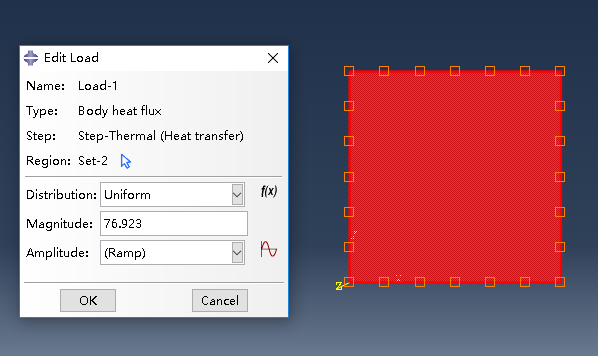
(7)布置种子和划分网格(Seed Part Mesh)
选择热传导单元。(Assign Heat Transfer Element)
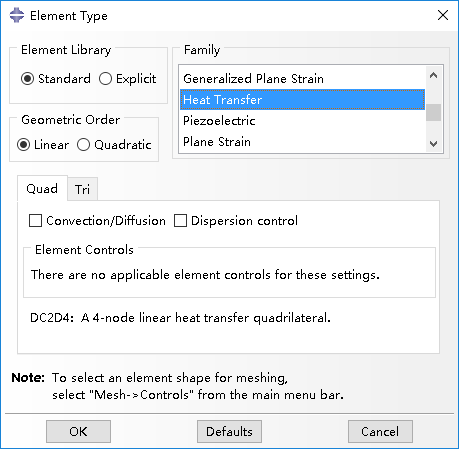
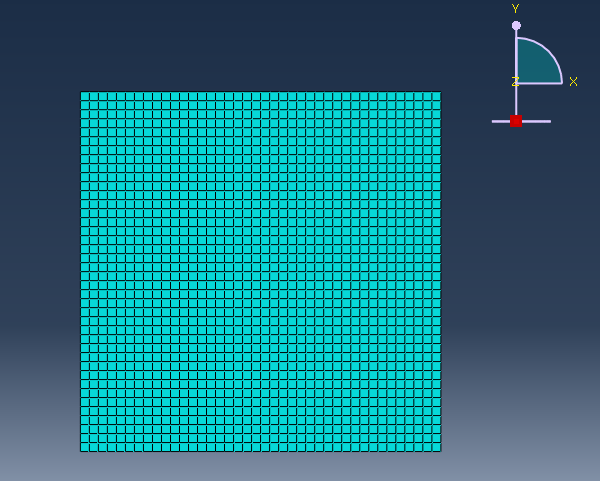
(8)创建任务并提交分析(Create Job and submit to run analysis)
(9)查看结果(Check Results)
- 查看分析结果(Check Results)
(1)查看节点温度 (Nodal Temperature)
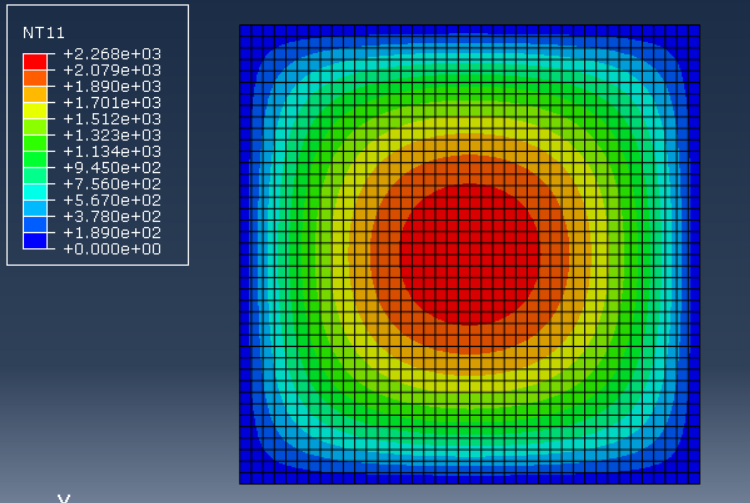
(2)查看热流量 (Thermal Flux )
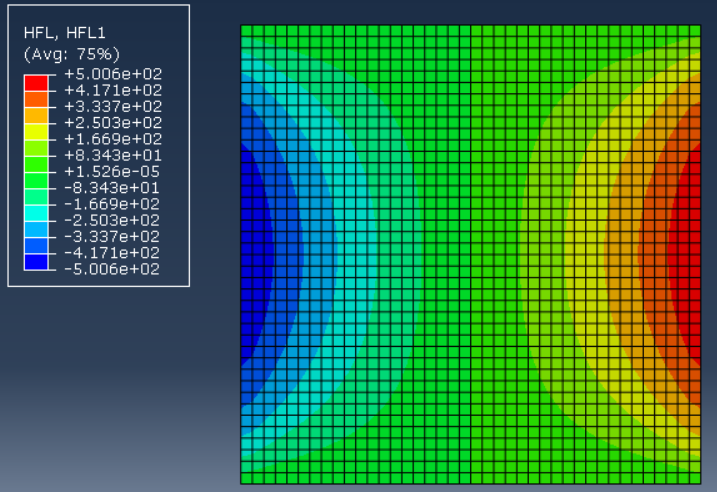
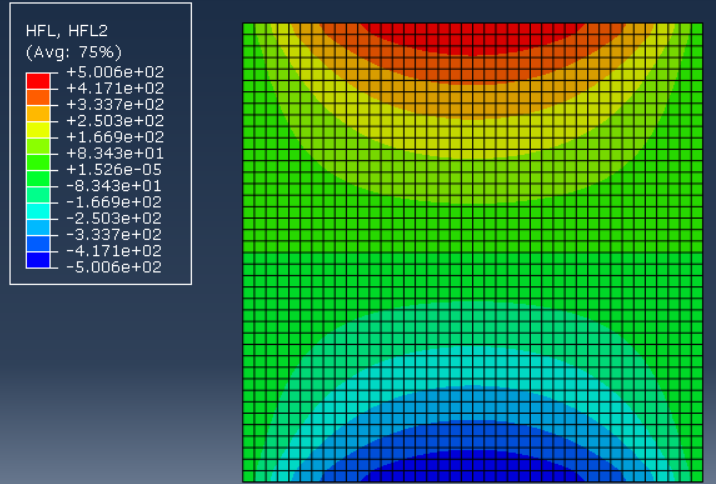
(3)查看热流量向量 (Thermal Flux Vector)
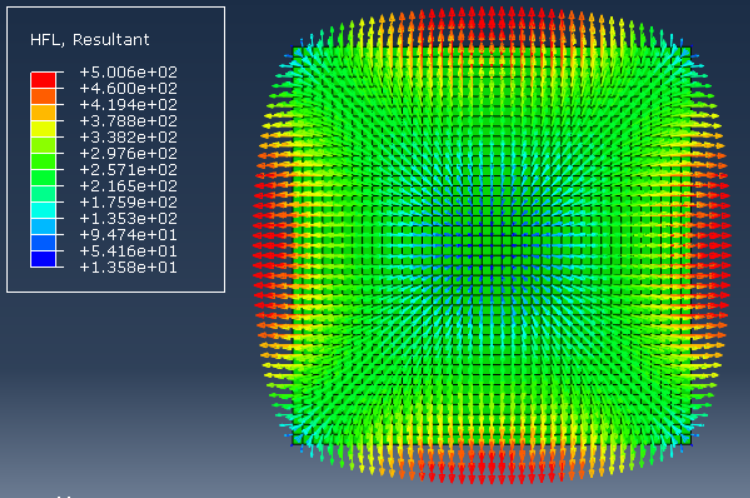
- 与理论结果对比(Comparison with Theory )
根据弹性理论,θ = T/ (ab3Gβ1) , τmax = T/ (ab2β).
τmax = θ(ab3Gβ1) / (ab2β) = θbGβ1 / β = 0.0005*20*76923*0.141/0.208 = 521.4492Mpa
与分析结果 500.6Mpa相近。
- 微信公众号 ( Wechat Subscription)
欢迎关注 “结构之旅” 微信公众号

![Grasshopper建筑结构参数化建模应用实例[Practical Examples of Parametric Modeling for Building Structures Using Grasshopper]](http://www.jdcui.com/wp-content/uploads/2026/01/封面.png)
Pretty! This has been an incredibly wonderful post.
Many thanks for supplying this info.